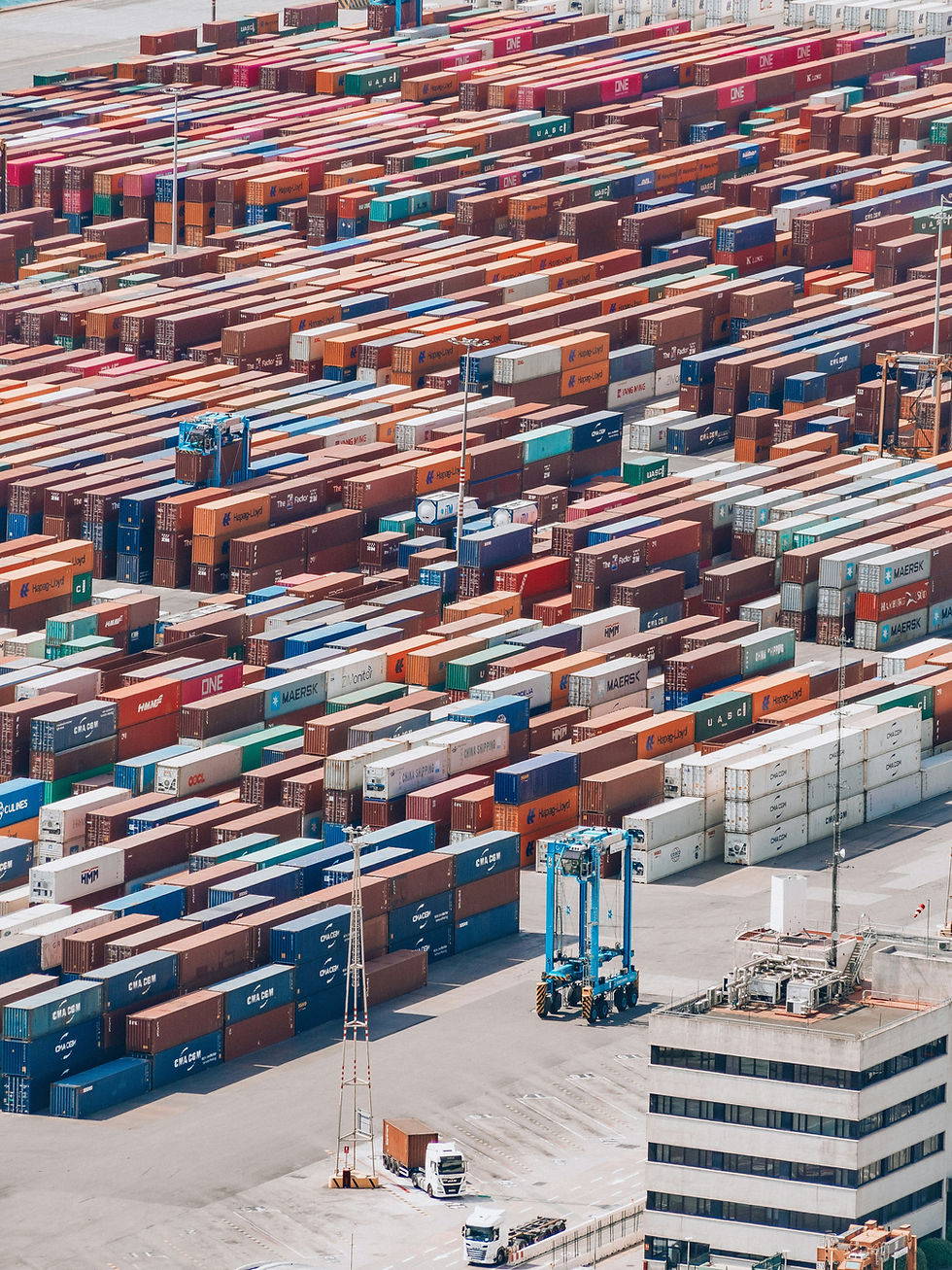Global Debt Increases, A New Currency and Protests - 01/10/2020 - 3 Things
- Jan 10, 2020
- 4 min read
Updated: Mar 27, 2023

January 10th, 2020
Happy Friday!
This week Prince Harry and Meghan Markle decided to join the rest of the world in working for a living, as they announced they would be stepping back from their royal duties… It's reported that Prince Harry sent his Gran a text asking, ‘do you have any castles in Canada we can stay at?’.
Did You Know...
Altogether, the entire British royal monarchy is worth an estimated $88 billion, and Brand Finance reports that they contribute $2.3 billion to the U.K. economy every year.
COP USD
Chile's Protests Has A Brutal Impact On Economy

It would be an understatement to say Chile is having a tough time at the moment. Months of protests have rocked the country, leaving 26 dead and causing billions of dollars in losses for private businesses and public infrastructure, over a $0.04 Metro fare hike (and other things).
These violent riots and looting prompted the central bank in December to slash forecasts for growth, investment, and demand through 2020.
Zoom out
Economic activity in Chile dropped 3.3% in Q4, led by a slump in mining activity, and officials predicted low growth for the coming year.
In response, the government proposed a rewriting of the constitution, while Congress approved a revised 2020 budget that ramps up public expenditure on pensions, healthcare and transport.
This is projected to push the fiscal deficit to 2.9% of GDP from a previously planned 2.0% of GDP, pushing the CLP even lower.
USDCLP monthly vol = 3.77% over the last 2 years. USD/CLP is currently hovering at the psychological level of 770, someway off of the recent 800 highs. This is somewhat unchartered territory for the CLP as it hasn’t been above 750 since 2003.
CFA ECO EUR
CFA To ECO - Rebrand Or New Beginning?

West Africa is waving goodbye to the CFA and looking to strong-arm France into giving up some control. Under a major reform announced last Saturday, the western CFA franc will change its name to the eco. One of the biggest perks is that countries will no longer have to lodge the 50 percent of their reserves with the Bank of France and are able to invest this money where they see fit.
How widely used it is
15 African states (called the Franc zone) in West Africa have used the CFA franc since 1939.
Accounts for 155M people
14% of Africa's population.
This is being described by France as a “precursor step” to creating a single currency by the 15 members of the Economic Community of West African States (ECOWAS).
Supporters of the CFA franc say the link to France provides currency credibility and price stability. Critics say the arrangement is “post-colonial,” preventing countries from exercising monetary sovereignty and enabling France to wield clout in its former colonies.
France will also sever institutional ties, withdrawing from the CBWAS board and monetary policy committee and the WAMU’s banking commission.
The ECO will maintain its fixed exchange rate with the euro and therefore should fluctuate in a similar manner.
USD GBP EUR
World Bank Warns Of Global Debt Crisis

The new update of the IMF’s Global Debt Database shows that total global debt (public plus private) reached US$188 trillion at the end of 2018, up by US$3 trillion when compared to 2017.
Key takeaways from the report
Global debt surged by $7.5 trillion in the first six months of 2019 with China and the U.S. accounted for over 60% of the increase.
China’s total debt ratio reached 258 percent of GDP at end-2018.
EM debt also hit a new record of $71.4 trillion (220% of GDP).
Emerging market economies and low-income developing countries average debt ratios rose further than developed countries.
Estimations that global debt will surpass $255 trillion this year
The World Bank warned low levels of interest rates may mitigate some of the risks associated with high debt levels, but the last three waves of broad based debt accumulation ended up with financial crisis.
Two decades ago, total government debt was estimated to sit at $20 trillion. Since then, according to the latest figures by the IMF, government debt has ballooned to $69.3 trillion with a debt to GDP ratio of 82% — the highest totals in human history.
Debt in countries such as Argentina, Venezuela, Japan and Greece are spiralling out of control and currencies are feeling their effects. Argentina’s hedging costs are currently 50% a year!
USD RUB CNY CAD
In Other News
Feature Article
Are You Planning Like A Fortune 500 CFO?

The CFO of a Fortune 500 company is continually fighting a battle of risk and reward. Like any general before a battle, a great CFO creates plans (and backup plans!), focuses on execution, and generates an "after-action report" to review his performance... READ MORE
Want More Crossborder Content?
USD EUR GBP ZAR COP BRL NZD NOK MXN HUF
Currency Heat Map
Below is the heat map for the first week in December, showing the relative volatility between currencies. The redder the color, the higher the volatility.





Comments